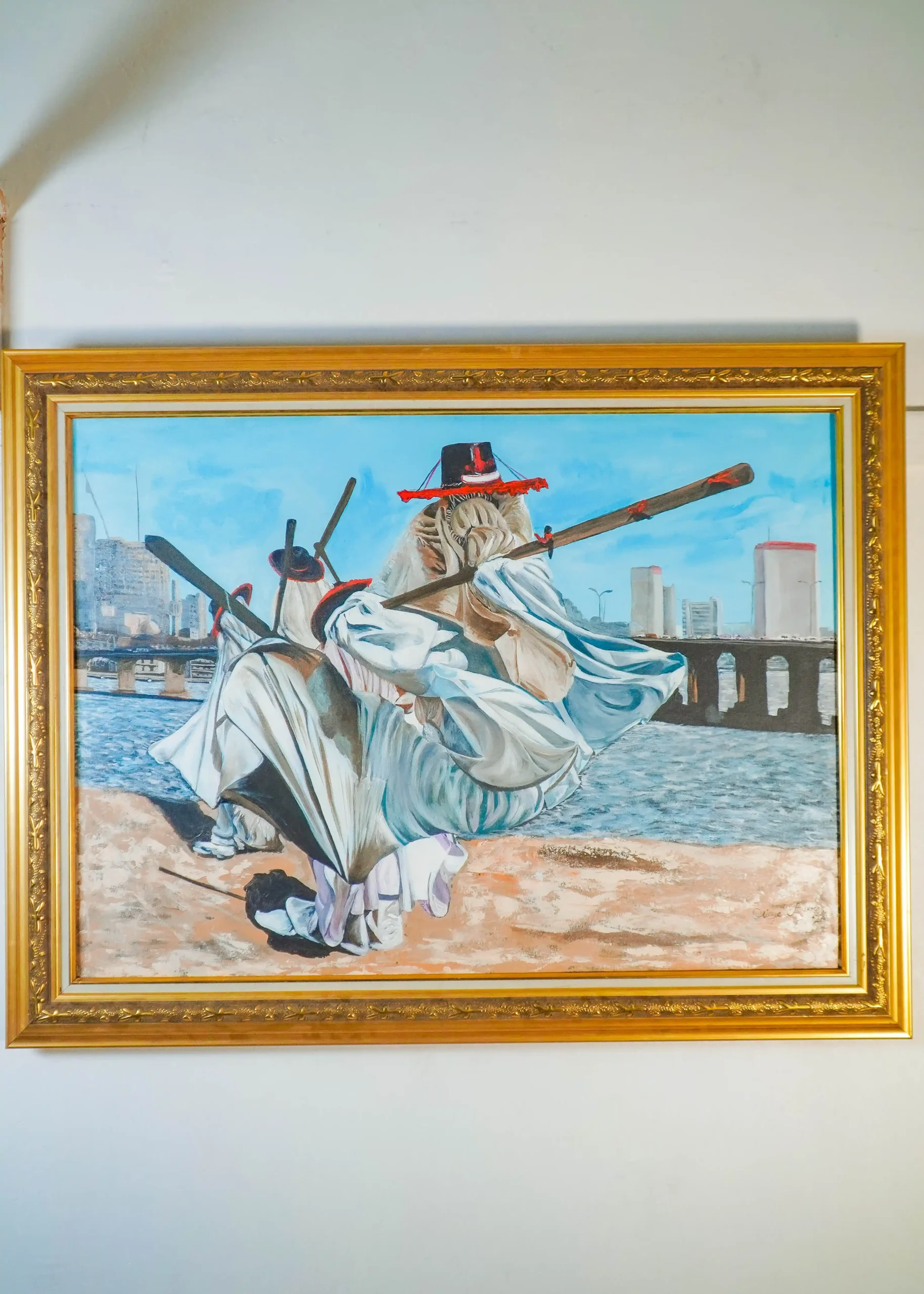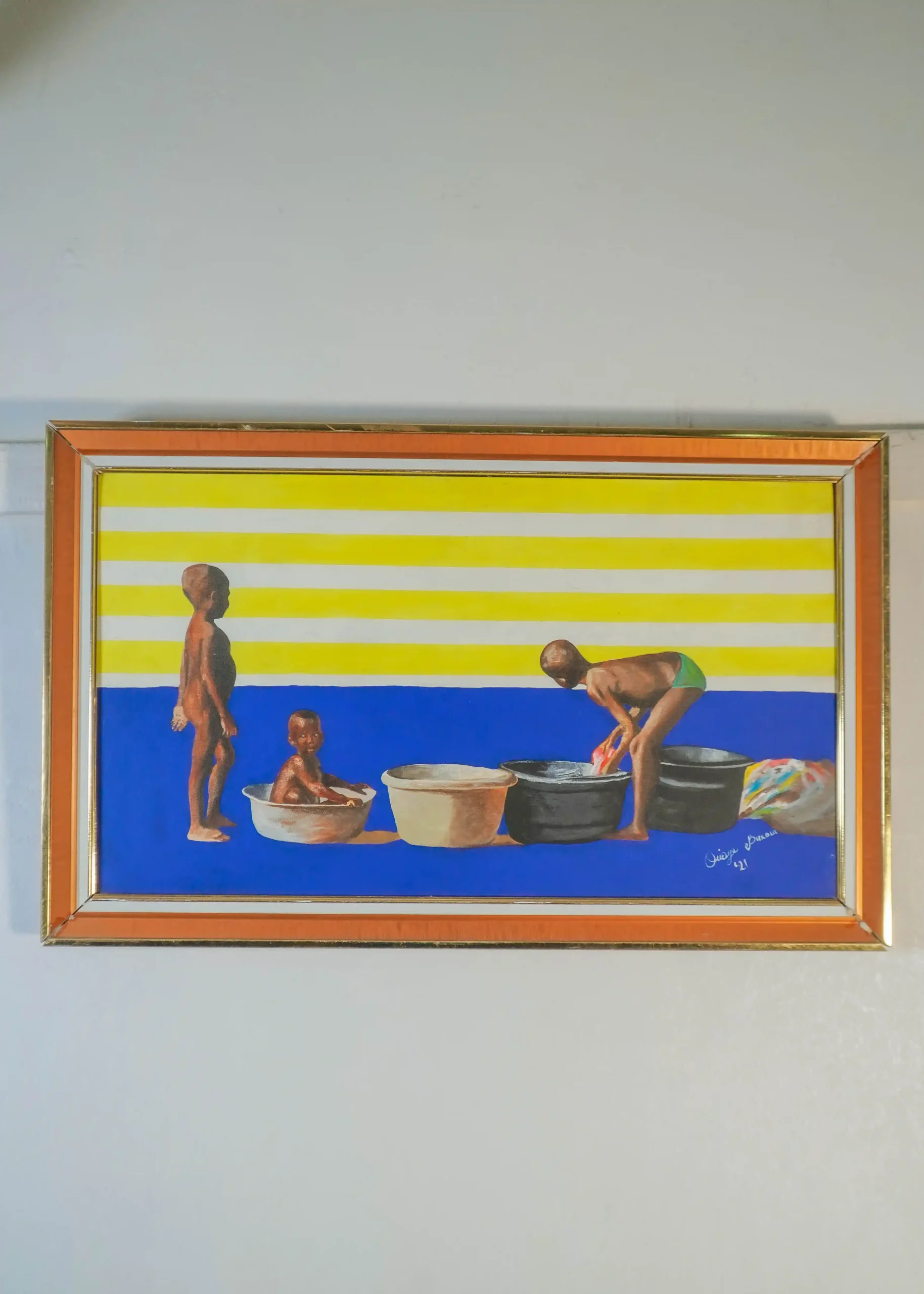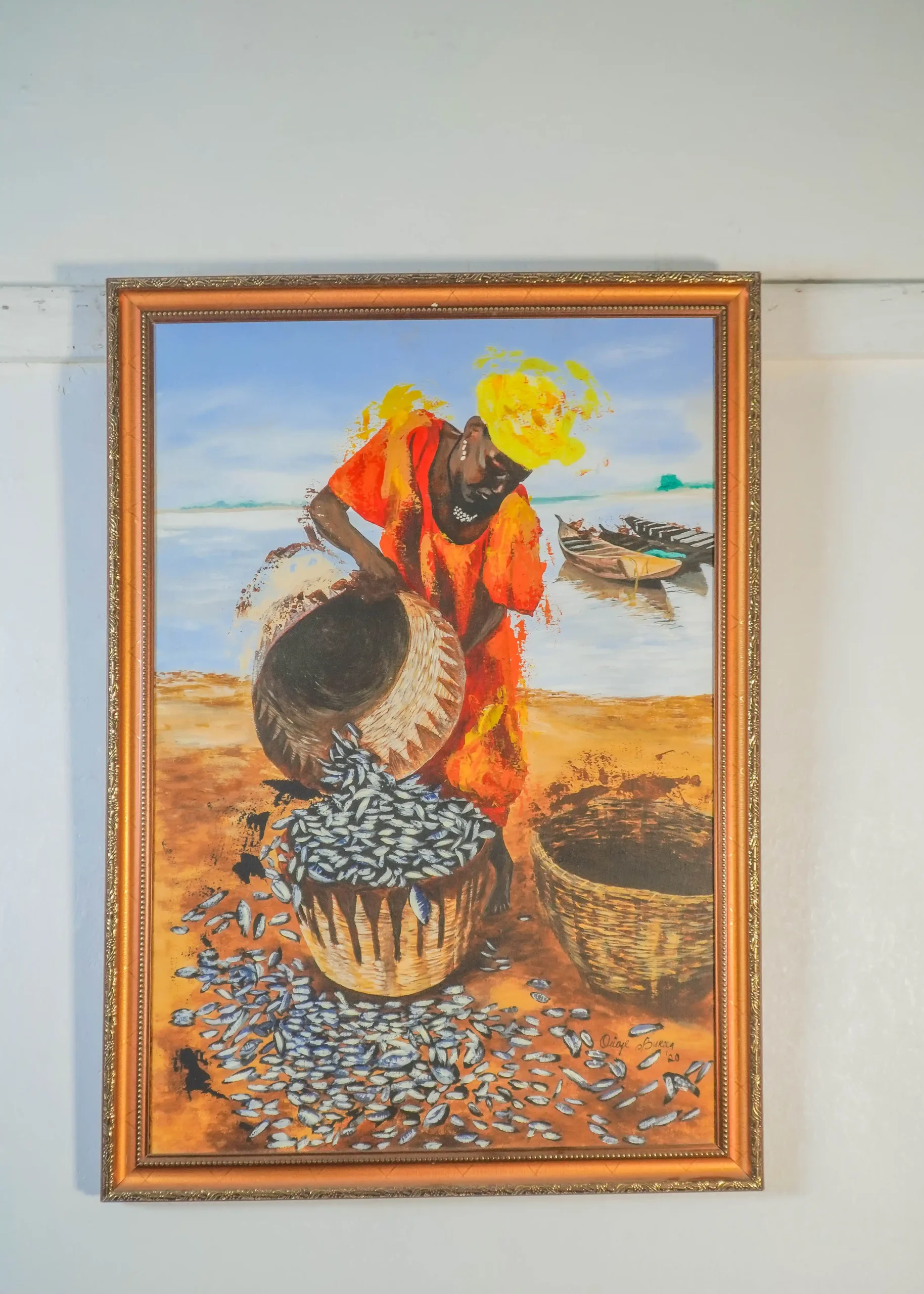African Art and Its Interconnectedness with Religion ; Art is a straightforward but unique way of identifying a society’s development, creativity, knowledge, and acceptance of themselves. Age after age, societies have continued to stamp themselves in the sand of time by expressing the essence of who they are through the timeless medium that is art. And Africa has been no different.
Being creative people, we have over time managed to craft pieces of art (both visual and verbal) that have not only fulfilled the need for the faculty of sight via aesthetics; — where some western contemporary artisans stop—but also fulfilled the need for the faculty of imagination, emotion, mystical, and religious experience.
This quality of attaching religious value to artistic work, which isn’t popular amongst many other societies; causes African art to not only stand out but also create its own immortality, with its importance lasting generations after its creation. A quality that many westerners in the 19th and 20th centuries of the colonial era considered primitive, dangerously connoting poverty and underdevelopment, because they had yet to explore the psychological and emotional aspects of African art. Now it is considered a ‘supremely well-organised form of art’. Recognition well deserved.
The nature of African art :
Various scholars have tried to give meaning to the term ‘African art’. Suzanne Blier, in her book Africa, Art, and History, opines that African art describes the modern and historical paintings, sculptures, installations; and other visual culture of native or indigenous Africans and the African continent.
Due to the diversity of Africans, African Facts, an Africa fact-finding website, proclaims that defining the term African art is difficult even after narrowing down the people that we considered African. This is mainly credited to the huge diversity of the sub-Saharan people and the art that they create. There are, however, some characteristics that could define the art found in this region of Africa. They are:
- Favouring abstract art.
- The human image is a favourite subject.
- The creation of art for use by the people, not just for display. This use may be for everyday life, such as pottery, or for ceremonies, such as a funeral.
- Sculpture and other 3-dimensional arts were preferred art forms as opposed to paintings.
- The creation of very colourful works of art.
Nevertheless, the most profound and by far relevant to this article is the definition put forward by scholars Omatseye, B. O. J and Emeriewen, Kingsley Osevwiyo: “The very nature of African art stems from their themes of religious symbolism, functionalism, and utilitarianism.”
West African art :
As can be seen from art in places like Senegal and, more broadly, West Africa, the traditional African draws inspiration from his relationship with his god, crafting artistic materials that serve as a source of power, connecting the artisan’s physical world with what he believes to be the essence of himself.

One cannot think of African art without somehow getting religion into the mix. Known as a phenomenon that scholars have deemed complex to define, religion could quite simply be understood as not just a belief that some mysterious beings exist. But also the devotion and service rendered to these beings; the purpose of one’s life; and the explanation of all things.
The religious function of art covers mainly ritual, ancestral worship, worship of deities, and rites of passage for loved ones. Art could serve as a medium of expression in religion and as an object to which worship is effected and sometimes exhibit similar features. Art like religion is made by offering assets as symbols of the worshipper’s own being, of his community, and of the sacred. Verbal art (like recitation, songs, praises, etc.) and visual art (like sculptures, paintings, and decorations) are religiously used to provide avenues for expression.
Wooden Masks
The wooden masks commonly found in West Africa, which are constructed to take after the images of humans, animals, or mystical creatures, are a case of religious self-expression worth mentioning. Originally, commercial marks were used for celebrations, war preparations, initiations, and crop harvesting.
The masks are worn by an initiated or chosen dancer. The dancer goes deep into trance during the mask ceremony and communicates with ancestors or the gods to whom the mask is dedicated. These masks can be worn in three different ways: Vertically covering the face: as helmets, encasing the entire head, and as crests, resting upon the head, which was commonly covered by material as part of the disguise. An African mask often represents a spirit of the ancestors possessing the wearer.

Most African masks are made with wood and are decorated with animal hair, ivory, raffia, and other plant fibres, pigments (like Kaolin), stones, and semi-precious gems. In Nigeria as well as Kenya, arts such as sisal baskets, elephant hair, bracelets maasai bead jewellery, musical instruments, silver and gold jewellery, soapstone sculptures, etc. exist. All of which are available in the arts and crafts markets and shops throughout the main tourist centres in Kenya and Nigeria.
Latest Posts
- African Art and Its Interconnectedness with Religion
- What Slave Ports Can Tell Us About The Untold Stories of the Transatlantic Slave Trade
- A trip to Erin Ijesha Waterfalls (See photos and Video)
- Across The Atlantic: A Legacy Forged in Chains
- Osun Osogbo Sacred Grove: A Journey into Culture
African Art and Its Interconnectedness with Religion
In fact, far beyond the African traditional religion, paintings and sculptures have been greatly influenced by Christianity to the degree that images and other materials have played a part in the Christian religious experience, affecting doctrines—for example, using the crucifix cross and the image of Mother Mary (the mother of God) as art work for Christian worship differing little from that of fetish objects—and architecture through buildings dedicated to worship (as can be seen in Catholic churches).
The art of the Middle East, or Islamic art, is associated with the religion of the Mohammedan conquerors of Persia, Mesopotamia, Egypt, North Africa, and Spain. This set of worshippers also draws inspiration from their religion. Among the media in Islamic art are textiles, carpets, brocades, jewelries, mats. The religion forbids making images or anything that could be used as a representation of Allah because they believe there is only one Allah and one prophet, Mohammed, though they allow only paintings and illustrations so long as they have no connection with their religion.
All over history, especially in Africa, pieces of art have been made and preserved for their spiritual value, cementing the fact that there has and will always be a connection between a man and his god and how he expresses this part of himself. It has never been more clear that religion cannot be separated from the arts.
They can be considered one and the same in most cases, and that one cannot truly separate their religion, which some consider a way of their lives, from their forms of expressing art by remembering the one who the art is created for and living consciously by their standard.

This is surely a master piece
Thank you for taking the time to read this piece! Lots of love to you.
An amazing piece here. Art is and will be interconnected to religion as much man is involved.
Very nice read,
but I do have a question, which do you think had more influence on the other, Art on Religion or Religion on Art?
Thank you so much for reading.
To answer your question, I’d say religion had more influence on art because art is typically expression and exploring the mind’s reserve of creativity.
And in this case where religion is about identity (as many would consider religion their identity), it is only fitting that one expresses and explores this said identity through art.
I hope that answers your question.